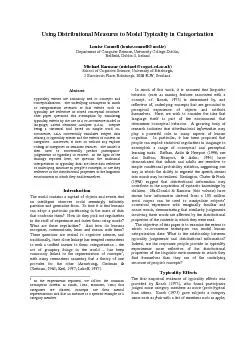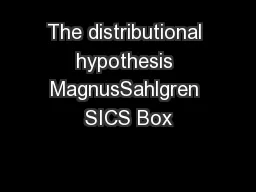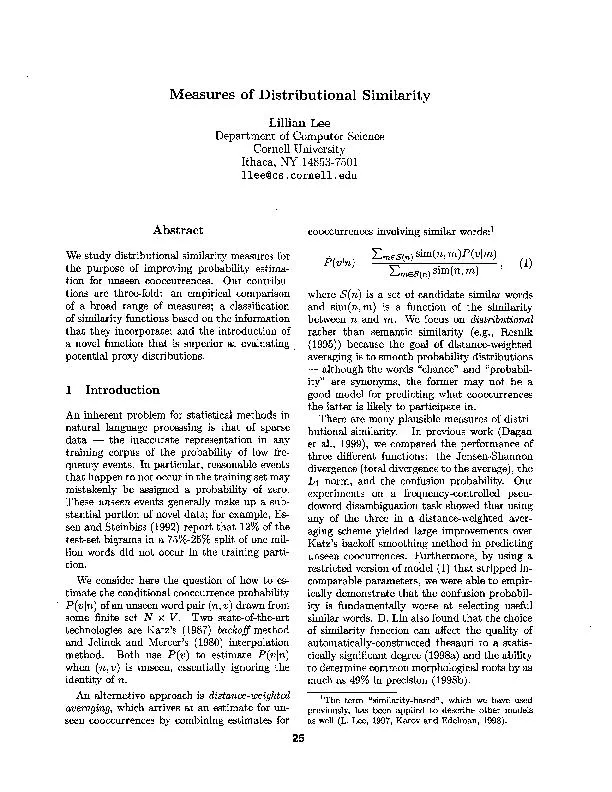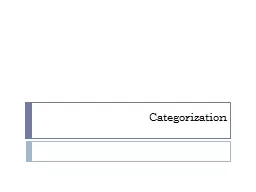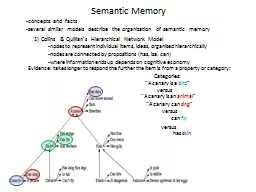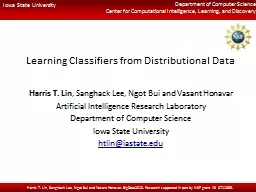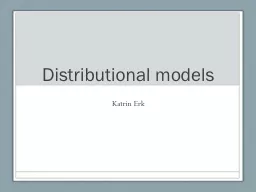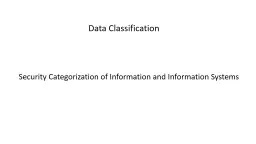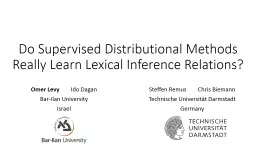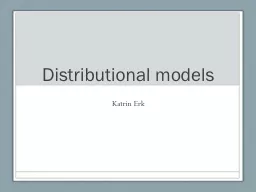PDF-Using Distributional Measures to Model Typicality in Categorization
Author : lois-ondreau | Published Date : 2015-11-22
fig olive plum pineapple strawberry etc and asked subjects to rate on a 7point scale how good an example each member was of its category The results showed a clear
Presentation Embed Code
Download Presentation
Download Presentation The PPT/PDF document "Using Distributional Measures to Model T..." is the property of its rightful owner. Permission is granted to download and print the materials on this website for personal, non-commercial use only, and to display it on your personal computer provided you do not modify the materials and that you retain all copyright notices contained in the materials. By downloading content from our website, you accept the terms of this agreement.
Using Distributional Measures to Model Typicality in Categorization: Transcript
Download Rules Of Document
"Using Distributional Measures to Model Typicality in Categorization"The content belongs to its owner. You may download and print it for personal use, without modification, and keep all copyright notices. By downloading, you agree to these terms.
Related Documents

